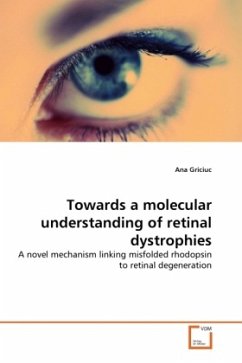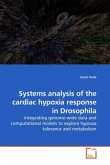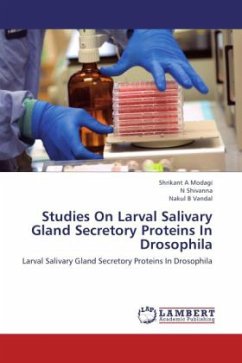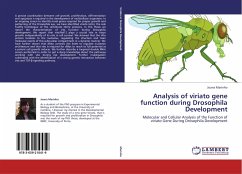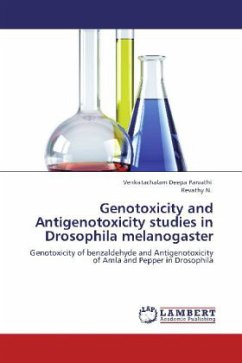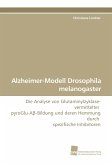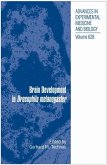Degeneration of the retina, the specialized tissue that transforms light into electric signals, leads to blindness and affects millions of people worldwide. Retinitis pigmentosa (RP) represents a group of retinal dystrophies for which there is no cure and mutations in the visual pigment rhodopsin (Rh) are the most prevalent causes of RP. The mechanisms linking mutant Rh and PN cell death in RP are poorly understood. The present work shows that misfolded Rh is a substrate of the endoplasmic reticulum (ER)-associated degradation (ERAD) effector VCP, which promotes its extraction from the ER and its proteasomal degradation. In fly models of RP, we found, remarkably, that genetic inactivation of VCP or pharmacological inhibition of either VCP or the proteasome dramatically suppresses retinal degeneration. Thus, the VCP/proteasome axis might be a critical link between misfolded rhodopsin and retinal degeneration in RP. We suggest that drugs that modulate this axis might be used to restore vision in RP patients carrying Rh mutations. This book may be useful to readers interested in protein misfolding and neurodegenerative diseases or in genetic models of retinal degeneration.
Bitte wählen Sie Ihr Anliegen aus.
Rechnungen
Retourenschein anfordern
Bestellstatus
Storno

